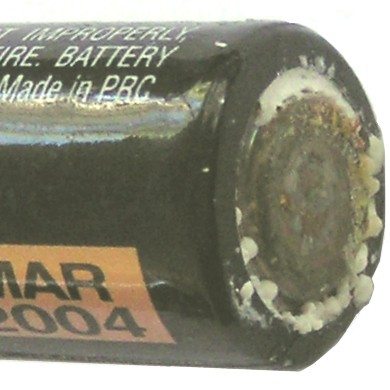
There is one school of thought that suggests that cameras are now so foolproof that they last forever and no maintenance or servicing is necessary. I also know that when something costs very little, we tend to ignore it. When we are looking at 50-baht items, they are easily replaced with loose change.
The same does not go for cameras. Today’s cameras, even in the consumer range, are no longer cheap. It is difficult to find any half-decent DSLR camera under 20,000 baht and even the better point and shooters are around 10,000 baht. Photography and money are inexorably intertwined. To show you the money that can be involved in photography, my favorite lens was a 40 mm Hasselblad wide angle, with a huge bit of glass on the front, that would cost in Thailand over 200,000 baht. Worth looking after?
The first concept is to understand just what it is that will go towards destroying your camera. Usually these are simply, dust and grit, moisture and condensation, battery contents and being dropped. Looking after your investment is then a simple case of countering the above factors.
Moisture and condensation are the easiest ones to counter, but the dampness comes from more than just being caught out in the rain. Thailand is a hot and humid environment. How many times have you taken your camera outside and found you could not see through the viewfinder because it had steamed up? That is condensation. The best answer here is to keep small sachets of silica gel in your camera bag. Many bottles of tablets come with perfect little sachets in the top of them.
There will also be times when you get caught in the rain, or you may even want to get rain shots. The camera body is reasonably water proof, but you should carefully wipe the outside of the case dry afterwards, and especially blow air around the lens barrel and the lens mount.
Dust and grit are the ever-present danger in the environment. How many times have you got a small piece of grit in your eye? Often, I will wager. Small particles such as that can be very bad for the lens focusing and zooming mechanics too. This is where a blower brush is needed. They are cheap, but do a great job. Get one. Never brush bits away with your fingers – your sweat is corrosive!
That leads us to the even more serious type of corrosion – leakage from batteries. Just about every camera in the world these days has a battery, even if it is just to drive the needle on the light meter. Working with an external battery pack on a Nikon I have found everything has failed – a sure sign of battery failure. Inspection showed this to be true, and the cheaper batteries leaked the most.
This little scenario would have been much worse, if the battery had been internal. The discharging batteries give off fumes that attack and corrode the complex electronic circuitry. That little problem can destroy the camera totally – expensive! There is a moral here, isn’t there?
In fact, there are two morals to be learned. The first is to check batteries every three months in this climate, I would suggest, rather than just waiting for the batteries to fail or become erratic. And secondly, you get what you pay for – so buy the best you can. It will serve you well in the end. Acid leakage (and even acid fumes) from a battery can totally ruin a modern camera, getting into the electronics so that it never works properly again. The answer here is to discard the batteries every twelve months, even if they seem to be fine, and if you are not going to be using the camera for an extended period, then take the batteries out altogether.
Finally, keep your camera in a soft case that can absorb some shocks. Not the silly leather or plastic thing it came in. If you have not got one – then go out and buy one today. They are very inexpensive, especially when compared to the cost of the camera. Preventive maintenance.
 |
 |
 |





